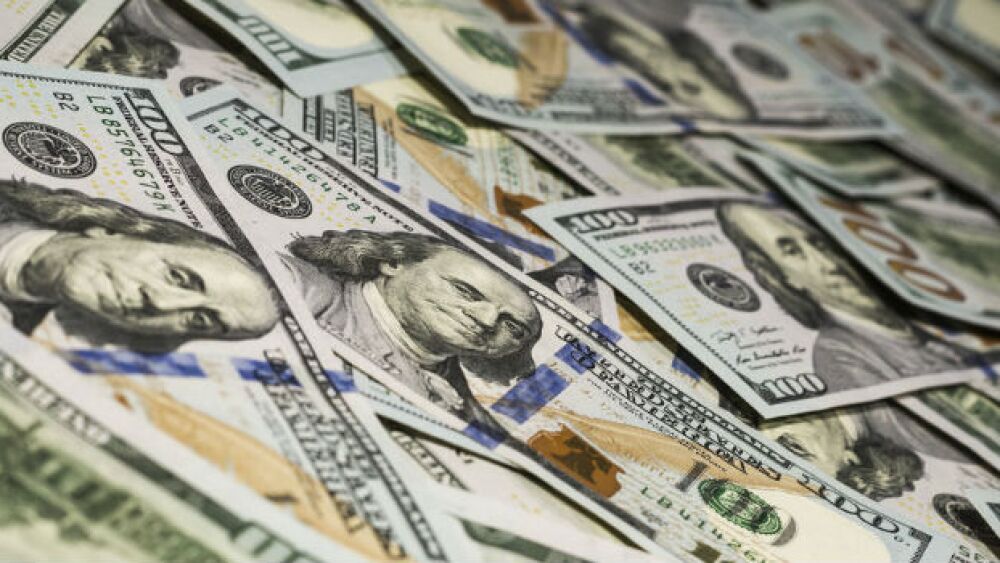Novartis’ generics division, Sandoz, has been struggling in the face of intense pricing pressure. As a result, Novartis has been looking to sell off some of its Sandoz businesses.
Swiss-based Novartis’ generics division, Sandoz, has been struggling in the face of intense pricing pressure. In the first quarter, Sandoz sales dropped 4 percent to $2.5 billion on a constant-currency basis. Excluding the U.S. sales, Sandoz sales grew 5 percent. Sandoz’s revenue dropped 17 percent in the fourth quarter of 2017, citing consolidation among buyers as the cause.
As a result, Novartis has been looking to sell off some of its Sandoz businesses. Today, India’s Aurobindo Pharma bid $1.6 billion for Sandoz’s generic dermatology business. According to unnamed sources, the deal would involve manufacturing plants and additional infrastructure.
Novartis acquired its generic dermatology business, Fougera, in 2012 for $1.5 billion. If the deal were to go through, it would be the largest overseas acquisition by an Indian drug company since Lupin acquired Gavis Pharma and Novel Laboratories in 2015 for $880 million.
India Infoline (IIFL) wrote, “Novartis was expecting $1 to $1.5 billion for this business and it looks like Aurobindo’s bid is aggressively placed.”
IIFL went on to say, “Aurobindo has operating margins more than 23 percent. We believe that Sandoz’s dermatology business could have margins less than 16 percent, and hence, the deal would be margin dilutive. It also seems that Aurobindo has placed an aggressive bid for the low margin assets.”
There is a final date for bids of June 15. Reportedly, other companies and some equity firms have expressed an interest in the generics division as well.
If completed, it will be the second international acquisition by Aurobindo in the last two years. In January 2017, it acquired Portugal’s Generis Farmaceutica SA from Magnum Capital Partners for 135 million euros.
In April, Bloomberg wrote, “The generic drug industry, which supplies almost nine of 10 drugs prescribed in the U.S., is in crisis. These companies aren’t the superstars making cutting-edge cancer and hepatitis treatments that are priced through the roof. They’re the producers of bread-and-butter pills consumer often take for granted: antibiotics, arthritis treatments, medicines for diabetes and high blood pressure. With the profitability of these prosaic pills fading fast, companies are exiting important parts of the business.”
Brendan O’Grady, executive vice president of Teva Pharmaceutical, said at a February annual generic drug organization meeting, “We’re one of the companies that continues to make antibiotics, and we’ve asked ourselves for years why we continue to still make them.”
And it all comes back to decreased pricing. The top three generic drug manufactures are Teva Pharmaceutical, Mylan, and Sandoz. Together, they control about a third of the market by sales. Smaller companies that hire contract manufacturers dig into the market with lower prices, which is forcing the issue.
Bloomberg notes, “That flies in the face of the public perception that all medical costs are spiraling upward. While many health-care products, including branded drugs—those still under patent—routinely command big price hikes, that’s not the case with most generics. A deflation tracker developed by researchers at Evercore ISI Research shows generic drug prices are falling about 11 percent a year, while brand-name drugs are rising about 8 percent a year.”
In fact, the fourth-largest generics maker in the U.S. is Endo International, which has cut more than 3,000 employers over the last two years, shuttering manufacturing facilities in Huntsville, Alabama and Charlotte, North Carolina. Its generic division, Par, halted the manufacture of 85 products. One of those was Lisinopril, for blood pressure. Although a popular drug, it wasn’t profitable.





